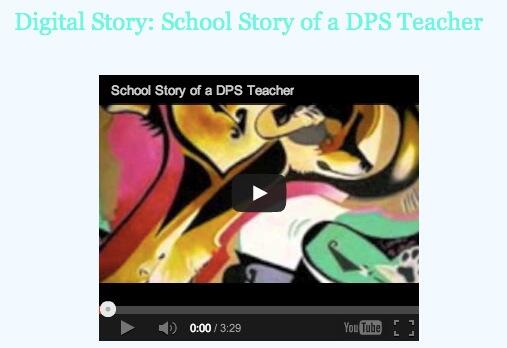
Most of the time when we talk about inclusion, we are talking about students with special and specific needs. We are referring to the ability for our classrooms to accomodate the wide array of possibilities that children with Special Education designations both require and deserve. It is good and powerful work, and I do not wish to diminish it by speaking about another form of inclusion. But, for the moment, I’d love to deviate from the standard form of inclusion to showcase another.
This inclusion is about open invitations the sharing of knowledge. It is about learning from one another and being a part of something larger than yourself. It is about not getting so caught up in “my stuff” that I can’t see “our stuff.”
When I look up from my heads down orientation, I see a number of faces looking back at me, waiting to help me understand the grander scope and connections for my work. No face is more present than that of Kirk Anderson and his team in EdTech. His systems orientation has helped me to approach true issues of scale and his understanding of “where we are” is acute. But it is the little things too.
Cc’ing me on correspondance within technology decisions that impact me may seem minuscule when compared to the sheer volume of email we get each day, but it is this inclusion that sets it apart. Differentiating for his team meetings by opening up a conference line, specifically so that more people can take part in the decision making process is a small gesture indeed, but it matters. Seeing collaboration points is easy. Making inroads toward actually doing them, is hard.
While I have just gotten to know Kirk and his team over the last few weeks, I have found that with each conversation, the level of inclusion grows. And it is that growth and the capacity for further inclusion that inspires me to do some “inclusive assessment” of my own. It begs the question, “who can I include on this decision that would bring more value to it?” It makes me think of how I can “accomodate” participants with special needs for access to information. I believe that it isn’t just students that need to be differentiated for and specifically brought into a mainstream conversation, it is the learning professionals as well that need this.
But, it is up to us to create the space and time for inclusion, to make these small gestures that add up to much more. It is our responsibility to include one another in our work. Not because it is something we should do out of a “plan” set up for us, but because it is the right thing to do for our organization and for our own learning.



